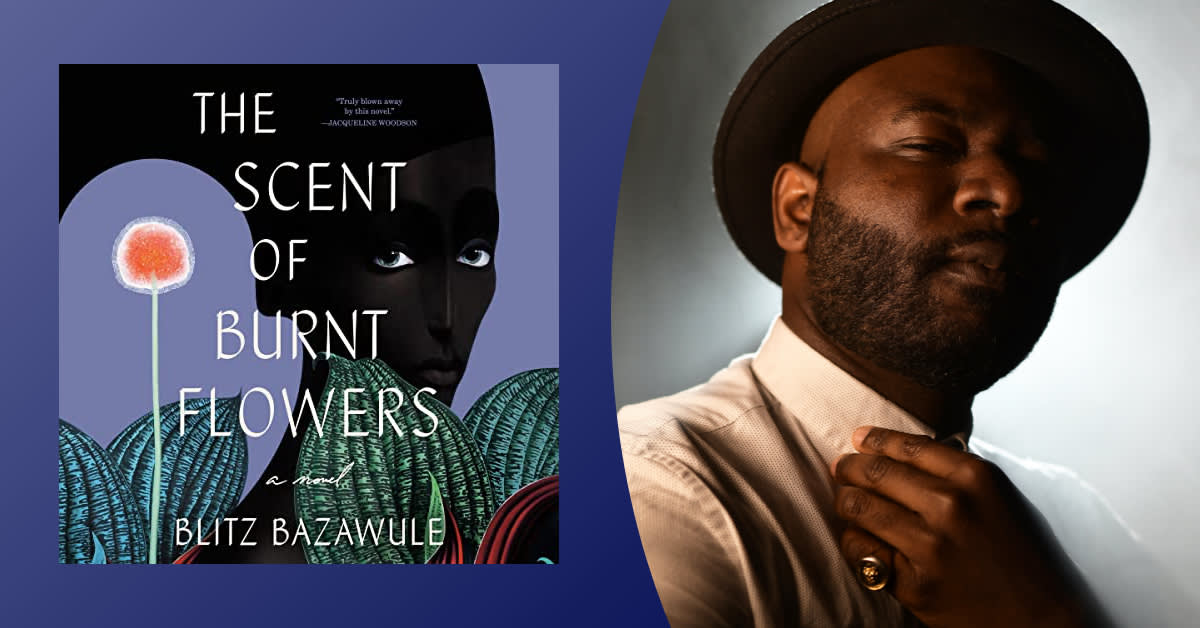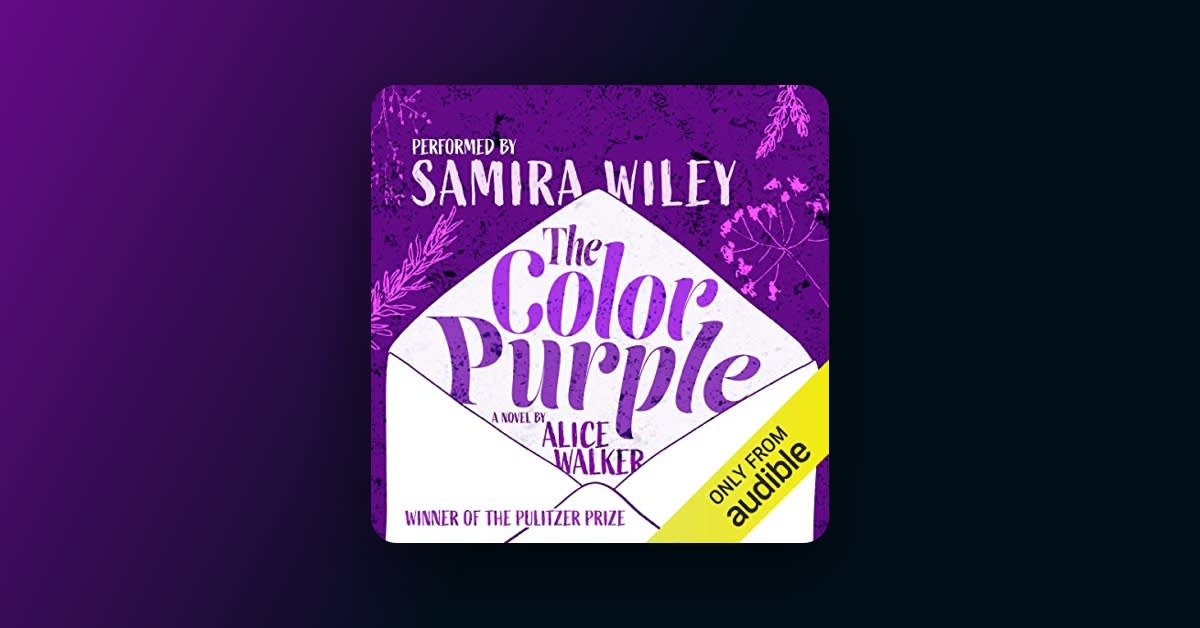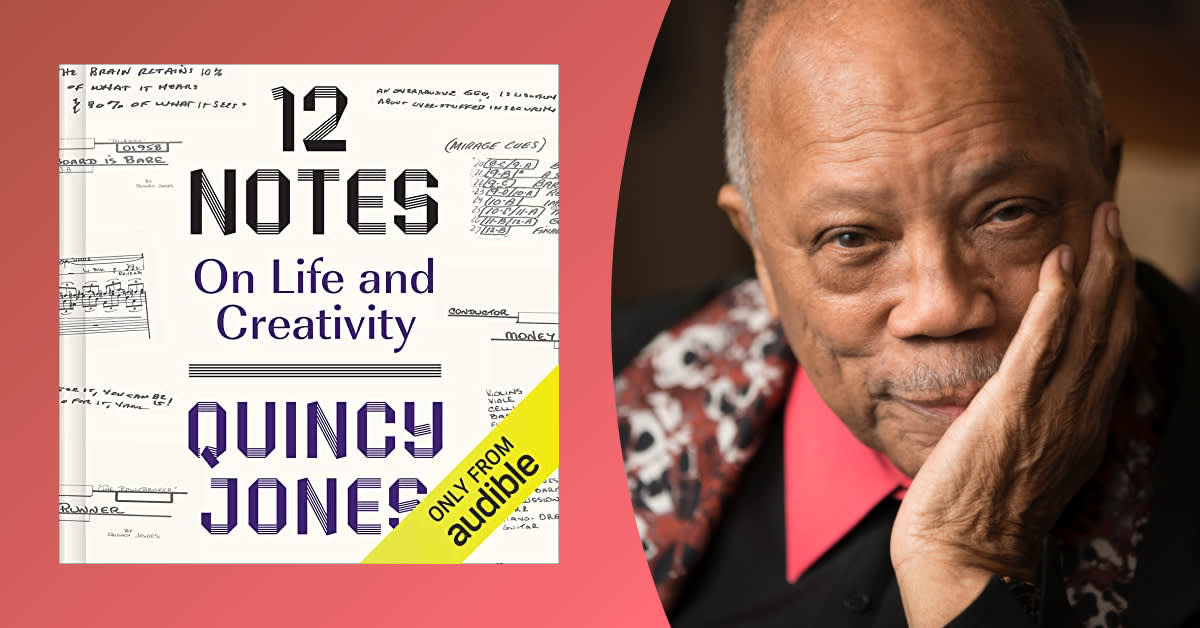First published in 1982, The Color Purple won the National Book Award and the Pulitzer Prize for Fiction, distinguishing its author, Alice Walker, as the first Black woman to win that prestigious honor. Now, 41 years later, the acclaimed and beloved novel is marking its fifth iteration, this time as a movie musical, which opened nationwide on Christmas Day.
Maybe (like me) you're a fan of Walker's narration of her own novel or (also like me) fell in awe with the audiobook performed by Samira Wiley. Or maybe you discovered the story through the 1985 film adaptation directed by Steven Spielberg, its 2005 debut as a Broadway musical, or the acclaimed Tony Award-winning 2015 revival. Then again, maybe the new blockbuster movie musical, directed by Blitz Bazawule, is your first introduction to this classic.
No matter your level of familiarity with the story itself, this guide to the history of the novel and its storied journey to stage and screen will inspire you to revisit the classic and experience it anew. After all, to quote Celie, the heroine of The Color Purple: "I think us here to wonder, myself. To wonder. To ask. And that in wondering bout the big things and asking bout the big things, you learn about the little ones, almost by accident ... The more I wonder, the more I love.”
What is The Color Purple about?
The Color Purple centers on Celie, a Black woman living in rural Georgia, and is told through her letters, mostly written to God. The novel opens in 1910, when Celie is 14 years old, and follows her through tragedies, heartbreak, betrayal, anger, forgiveness, and awakening over the course of 40 years.
Warning: The following plot synopsis contains major spoilers for The Color Purple.
When we first meet Celie, she is pregnant with her second child, conceived, like her first, through rape by the man she knows as her father, Alphonso. Her baby is taken away as soon as she gives birth, leaving Celie to believe that both of her children are dead. Shortly after, she is essentially sold in marriage to Mister, a widower with children who need tending. Her new husband sets his eye on Nettie, Celie's beloved younger sister. When Alphonso refuses to let him have her, Mister vows that Celie will lose her as well. Before Nettie flees from two brutal men, she promises to write Celie. For years, Celie has no idea what happened to her sister, and since she never gets a single letter, she concludes that, like her children, she too must be dead. Yet unbeknownst to Celie, Nettie has found refuge with a minister and his family, and joined them on a mission to Africa. She writes Celie faithfully, but Mister always gets to the mailbox first and hides the letters from his wife, whom he also regularly abuses.
Amid the pain and sorrow, hope emerges as Celie crosses paths with two women who change her life. First, there's Sofia, her stepson's wife, a strong, outspoken woman who refuses to be dominated by anyone, regardless of racial expectation. Despite suffering terrible consequences, Sofia's spirit remains unbroken. Then, there's her husband's mistress, Shug Avery. A beautiful, free-spirited jazz singer, Shug shows Celie what it truly means to be loved—sexually, spiritually, and unconditionally. It is Shug who first makes Celie feel worthy of respect and fully alive.
Eventually, Shug finds Mister's stash of letters that he's withheld from Celie. After finally confronting the husband she has long feared, Celie comes to embrace herself. She starts her own business and reunites with her sister and her two grown children, who were adopted by the minister and later raised by Nettie. As she comes into her own, Celie also learns that Alphonso was not her father. She forgives Mister, and in the end, against all odds, Celie at last finds peace.
What inspired Alice Walker to write The Color Purple?
The Color Purple is Alice Walker's tenth book. She wrote it over the span of a year, starting in her late thirties, driven by a yearning to spend time with her grandparents.
The youngest of eight children, Walker was born in 1944 and raised in rural Georgia by two hardworking parents who, among other jobs, farmed the land as sharecroppers. At the age of eight, she was shot by a brother playing with his BB gun, a tragic accident that left her partially blind. While recovering from her injury, she went to live for six months with her grandparents. Her step-grandmother, Rachel, was a humble but overburdened woman with a gentle spirit and loving heart. She called her young granddaughter Miss Alice, which instilled the future writer with an enduring sense of dignity and self-respect.
Alice's older sister Ruth was a great storyteller and keeper of family lore. From those stories, Alice learned about her grandparents' lives long before she met them. In his younger days, her grandfather was a heavy drinker and fighter. He also had a mistress, known as Shug. A tall, elegant Black woman, Shug was glamorous where Rachel was rather plain, donning simple clothes, down to her burlap underwear. Yet, she longed for something that looked and felt beautiful—like Shug's silky pink panties. One day, Shug, who felt great empathy for her lover's wife, gifted Rachel a pair. The tale of that strange but touching moment stayed with Alice. The character of Celie was a tribute to her step-grandmother, and Shug was inspired by her grandfather's mistress.
Shortly before Walker began writing The Color Purple, she had been living in New York City and working as an editor at Ms. magazine. She thought she was set—but then, suddenly, she wasn't. Chased by the stories of her grandparents, she quit her job, sold her house in Park Slope, Brooklyn, and moved to the South. The Color Purple came to her vividly—in fact, Walker has described herself as "a writer and a medium." While the characters in her novel are not identical to generations past, she brought back their world, their spirit, and their voices.
Who adapted The Color Purple for the screen?
After Alice Walker won the Pulitzer Prize, her sister predicted that The Color Purple would be made into a movie. At the time, the author just couldn't see that happening. Fortunately, Quincy Jones could. The legendary composer set out on a quest to convince Steven Spielberg to direct. After the director agreed, Jones faced the challenge of not only convincing Alice Walker to give him the screen rights but also to agree to Spielberg as the director.
At first, Walker was reluctant. How could a white male director fully understand a Black historical epic like The Color Purple and appreciate its strong Black women characters? Besides, she had never heard of Steven Spielberg. But in part due to Jones's enthusiasm, she decided to change that. Walker went to see E.T. with her daughter and loved it, and after her first meeting with Spielberg, she trusted his commitment to translating her novel faithfully to the screen and agreed to write the screenplay with him. Even still, Walker had reservations. As she shares in her memoir, The Same River Twice: Honoring the Difficult, she wrote the screenplay with an alternative title for the film, Watch for Me in the Sunset. "Some part of me was afraid that no matter how good his intentions," she confesses, "Steven's version of The Color Purple would not deserve the name."
While she ultimately decided to keep her book's name for the film, the author never quite shook the feeling that the movie was not wholly telling the story that she wrote—especially in its depiction of the relationship between Celie and Shug. Later, Spielberg was candid in admitting that he shied away from portraying the elements of a loving queer relationship between the two women captured in the novel. Partly motivated by the promise of a PG-13 rating, the director reduced their erotic exchange, and Celie's sexual awakening, to a simple kiss.
The movie gave Whoopi Goldberg (Celie) her first leading role in a film, while further advancing the careers of Oprah Winfrey (Sofia) and Danny Glover (Mister). Interestingly, Whoopi and Oprah, who were both huge fans of the novel, wanted the same role: Sofia. But Goldberg made such a strong impression on both Steven Spielberg and Quincy Jones in her audition that they asked her to play Celie—and then had to work to convince her that she was up to the challenge. For her performance, she was nominated for the Academy Award for Best Actress in a Leading Role. In total, The Color Purple received 11 Oscar nominations but, sadly, failed to take home a win.
How did Quincy Jones, who became the film's executive producer as well as composer, know that The Color Purple would work as a movie? During the film's 25th anniversary reunion on her show, Oprah Winfrey asked him that very question. In response, Jones simply pointed to his heart.
How did The Color Purple become a Broadway musical?
Scott Sanders, an established producer of rock concerts who began his career at Radio City Music Hall in New York City, was also a fan of The Color Purple and felt that Celie's story, a journey of triumph and hope, had music in its soul. In the late 1990s, he was president of Mandalay Television, whose founder and chairman, Peter Guber, happened to be one of the producers of Steven Spielberg's film adaptation of the novel. Through their relationship, Sanders was introduced to Alice Walker. At first, the author was reluctant to sanction another adaptation of her book—especially for the Broadway stage. But after agreeing to join Sanders on a trip to New York to see some shows, she began to envision her novel as a musical.
Sanders devoted two years to securing the rights to the story from Warner Bros., and then two more years searching for composers and lyricists to write a musical score that was both theatrical and authentic to the historical period and Black experience of the novel. Ultimately, he found the perfect team in Brenda Russell, Stephen Bray, and Allee Willis. In 2003, Sanders met with Gary Griffin, a Chicago-based director known for his strong focus on storytelling, and shortly after, signed on Marsha Norman, a Pulitzer Prize and Tony Award-winning writer, as the musical's book writer. The next hurdle was finding an actress who could both sing and handle the emotional range needed to play Celie. In her audition, Broadway star LaChanze wowed Sanders and the whole team. In 2004, after months of workshopping, the musical was ready for its premier in Atlanta.
On December 1, 2005, The Color Purple opened on Broadway at The Broadway Theatre. Along with Scott Sanders, the musical was produced by Oprah Winfrey and Quincy Jones. Starring LaChanze as Celie, the cast featured Felicia P. Fields as Sofia, Renée Elise Goldsberry as Nettie, Kingsley Leggs as Mister, and Elisabeth Withers-Mendes as Shug. The musical closed on February 24, 2008, after 30 previews and 910 regular performances, followed by three national tours and a London production.
A Broadway revival—produced once again by Scott Sanders and Oprah Winfrey with Roy Furman—opened to enthusiastic acclaim in late 2015 and ran through early 2017. Featuring Academy and Grammy Award-winning artist Jennifer Hudson in her Broadway debut in the role of Shug Avery and Danielle Brooks (Orange Is the New Black) as Sofia, it won two Tony Awards—Best Revival of a Musical and Best Actress for Cynthia Erivo, who played Celie.
In interviews, Walker has stated her preference for the musical version of her novel over the 2005 movie. "I think the musical gives people a more impactful feel of the relationship between Celie and Shug," she told an NBC News reporter when the revival opened.
What's different about the 2023 movie musical adaptation of The Color Purple?
In its latest reincarnation, The Color Purple is a lively big-screen musical, produced by Steven Spielberg and Oprah Winfrey, and written by Marcus Gardley. A Ghanaian multimedia artist whose work includes Beyoncé's visual album Black Is King, director Blitz Bazawule brings a unique appreciation for and understanding of Black music and culture to the film. As he has shared in interviews, he kept the production authentic by trusting the story's source. "Whenever in doubt, we just went back to Alice Walker's brilliant Pulitzer Prize-winning novel," he told MovieMaker reporter Sonya Alexander. "She'd given us the perfect poem. Our job was to find life in between the words."
The movie stars Fantasia Barrino as Celie, Taraji P. Henson as Shug, Danielle Brooks as Sofia, and Colman Domingo as Mister, while featuring Halle Bailey as the young Nettie. Along with emphasizing the gospel, jazz, and blues roots of the original Broadway score, this version of The Color Purple also addresses a criticism of the novel by giving its Black male characters more humanity and nuance than they had in the book. Of course, the musical especially invites audiences into Celie's thoughts and feelings. Through a blend of magical realism and amazing song-and-dance pieces, we get to visit Celie's inner world and more deeply connect with the spirit that enabled her to survive the unthinkable.
The Color Purple premiered in theaters on December 25, 2023.




